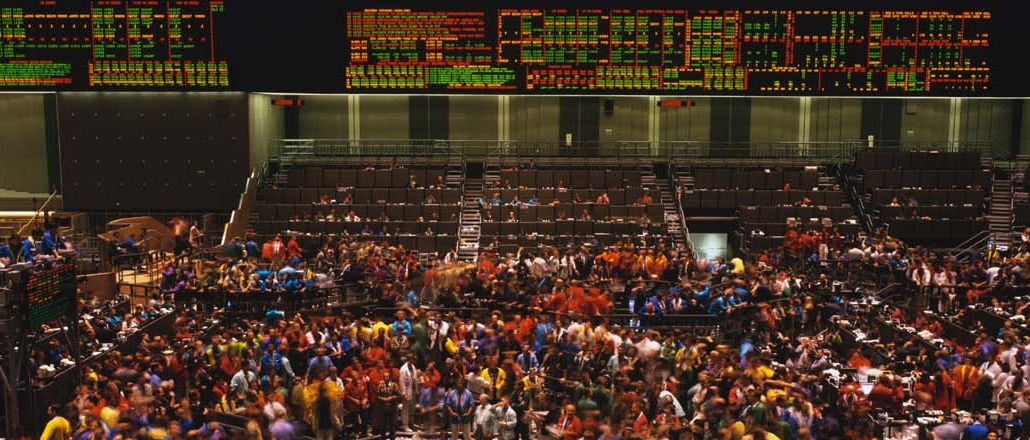
Magazine group Future, home to titles GamesRadar and TechRadar, is ramping up its header-bidding strategy, having experimented with the tech for the last two years.
The publisher, which owns 50 specialist titles across photography, film and gaming, has been investigating the technology, which lets multiple ad tech companies compete for the publisher’s inventory simultaneously, driving up competition and, therefore, ad yields. Future, which trades 70 percent of its 400 million monthly impressions programmatically, has been busy testing how different time windows on auction bids can affect yield improvements and fill rates.
In the same way, a fraction of a millisecond makes a big difference for an athlete’s personal best, so do minor fluctuations in auction bid times. Future gets 6 million monthly viewers in the U.K. across its titles and 15 million in the U.S., according to comScore. Restricting the time windows in which advertisers can bid on inventory to 150 milliseconds during high-traffic periods, such as new iPhone releases and other smart gadgets in the run-up to the festive season, when demand for its ad impressions is also higher, increases yields. So far, yields have increased by “high single digits,” although he wouldn’t say from what baseline. Then during slower periods, when advertiser demand is lower, Future widens the bidding windows to up to 800 milliseconds so it can boost fill rates.
“You do see shifts in demand. Sometimes the yield doesn’t move much, but the fill rates go up massively if you just tweak the time they have to get their bids in,” said Future’s head of group delivery, Zack Sullivan. “It may seem a massive jump to go from 150 to 800 milliseconds, but if you think that it takes a person 300 to 400 milliseconds to blink, so it’s actually pretty tight, and it makes a big difference,” he said.
Any incremental revenue increase is a win for Future, which like many legacy publishers, has weathered a tumultuous few years after being hit with revenue losses of £35 million ($42.6 million) in 2014 and having to lay off 400 staff. It has pulled itself back into the black: Revenue in 2015 was at £60 million ($73 million). It has 500 staff across its U.K. , U.S. and Australian offices. Programmatic trading accounts for 30 percent of its digital ad revenue, which was £30 million ($36.5 million) in 2015. New financial results for the publisher are due out next week and will include the assets of recent £14.2 million ($17.4 million) acquisition of niche magazine publisher Imagine.
Implementing header bidding isn’t straightforward, and ad tech vendors don’t always play nicely together. Future wants to increase how many demand partners it has within its wrapper tag, although the rivalry in the highly commoditized digital display market means header-bidding providers aren’t always keen on being plugged into a rival firm’s wrapper tag. “That’s going to be a challenge,” added Sullivan.
Publishers are fixated on improving the user experience and increasing page-load speeds. Yet header bidding can cause latency issues. A niche publisher like Future, which doesn’t have the same in-house engineering or analyst resources to monitor header bidding, like other bigger publishers like Mail Online, has had to find other ways to ensure its header-bidding activity isn’t slowing ad loads or page loads.
That’s meant that it has ditched mediation header-bidding services, which require the input of large in-house engineering teams, in favor of leaner approaches that speed up the time between the bids being made and the delivery of the ads, and so help reduce page load times. Going for a non-mediation option has allowed it to drop some of the heavy lifting required on its ad server. “The idea is to get everyone’s impressions through faster and shorten the time from bid to deliverable,” said Sullivan. “We’re deploying this now, and I’m confident it will make a big difference. I’d be disappointed if it didn’t knock off hundreds of milliseconds in the process,” he added.
Publishers work hard at reducing page loads, and Future has made in-roads here too. But there’s a way to go, and currently the site can take between six and 10 seconds to load, according to Sullivan. Naturally, header bidding for video is an area publishers are eyeing hungrily, and Future has started conversations in this area, he added.
Future’s header-bidder vendor of choice is Index Exchange. The vendor’s managing director for Europe, James Prudhomme, said Future’s senior team was very involved in the pitching process.
“They knew exactly what they wanted: A partner that could provide revenue uplift but also understood the importance of transparency.” he added. “Very rarely do publishers incorporate stakeholders from across the organization in the decision process. Future brought the head of commercial operations, the programmatic and trading director, the global head of delivery and their chief technical architect to the table.”
More in Media

Here are the biggest moments in AI for publishers in 2025
Here are some of the moments that defined how publishers adapted to the AI era this year.

Digiday+ Research roundup: Gen Z news consumption and diversification in the DSP space were 2025’s top trends
As 2025 winds down, we rounded up the biggest trends of the year, based on the data that resonated the most with Digiday’s readers.

What publishers are wishing for this holiday season: End AI scraping and determine AI-powered audience value
Publishers want a fair, structured, regulated AI environment and they also want to define what the next decade of audience metrics looks like.





